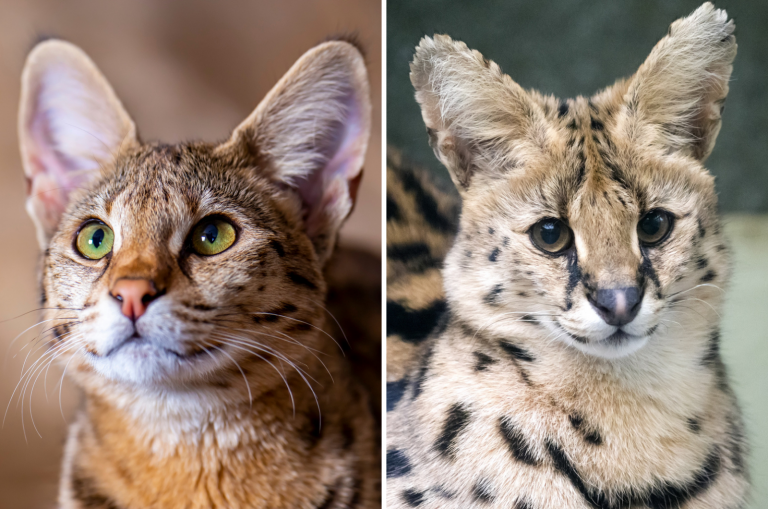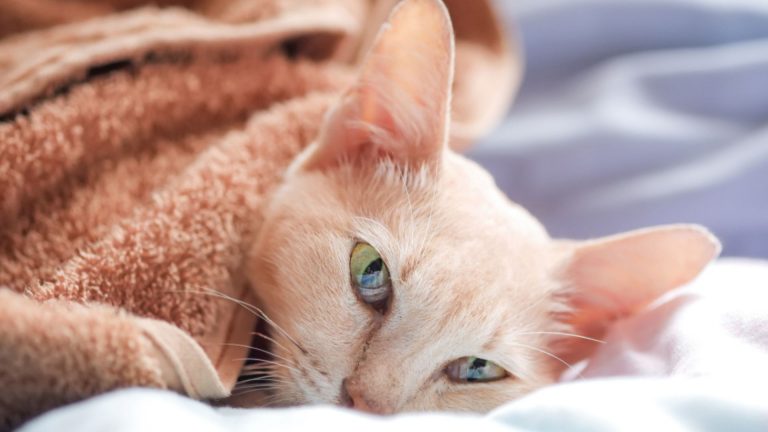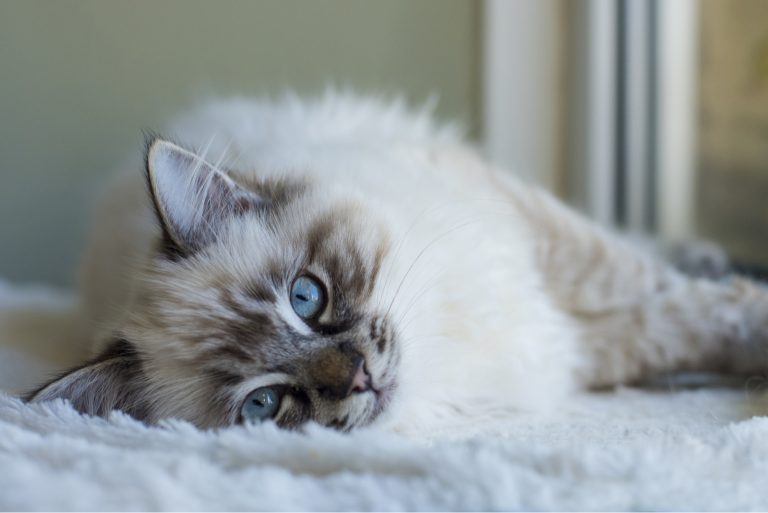7 Interesting Differences Between Maine Coon And Norwegian Forest Cat
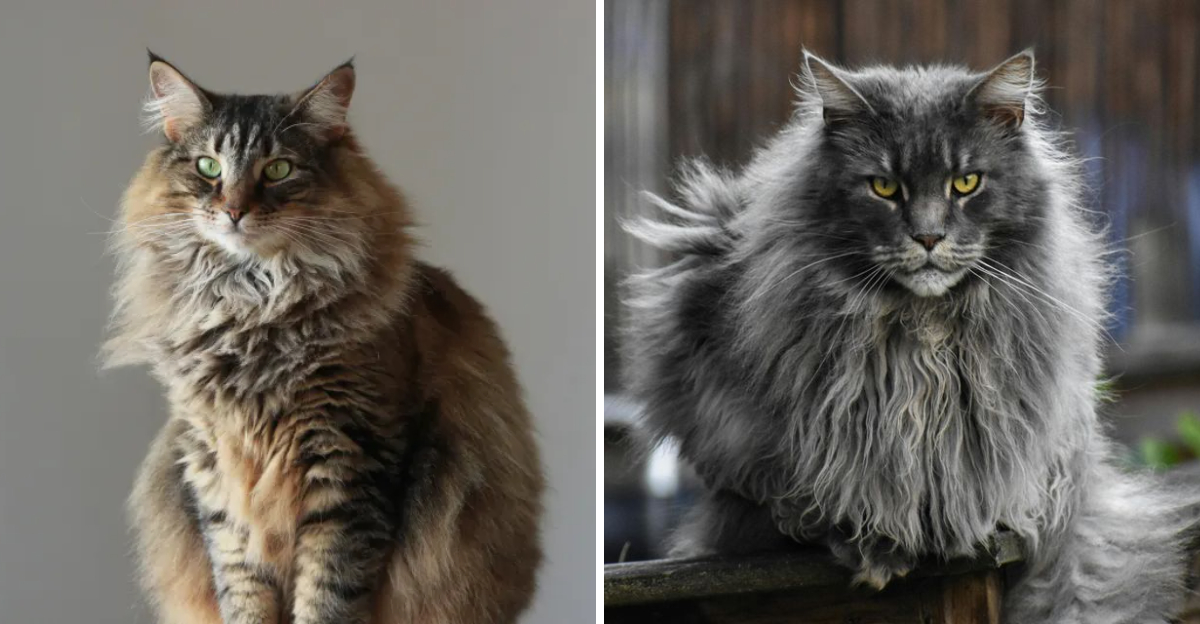
Cat lovers often find themselves comparing the majestic Maine Coon with the stunning Norwegian Forest Cat. Both breeds showcase impressive size, luxurious fur, and charming personalities that make them popular choices for families.
While they might look similar at first glance, these gentle giants have distinct characteristics that set them apart from each other.
1. Origin Stories Reveal Different Continents
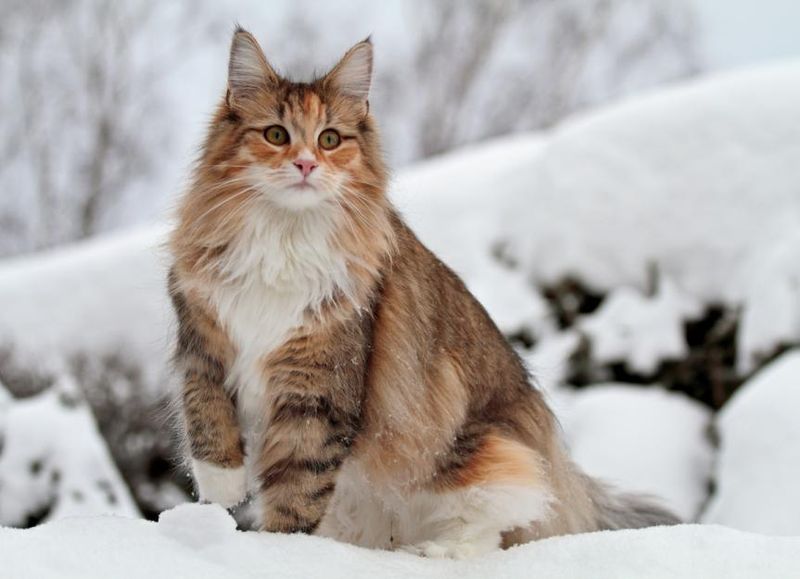
The Norwegian Forest Cat’s roots trace back to snowy Scandinavian landscapes, where they evolved to thrive in harsh Nordic winters. These natural survivors worked as farm cats, controlling rodent populations across Norway’s countryside for centuries.
Maine Coons, on the other hand, proudly represent America as one of its oldest native breeds. Born in the northeastern state of Maine, these hardy cats developed their robust physiques and thick coats to endure cold New England winters.
2. Size Differences You Can Spot
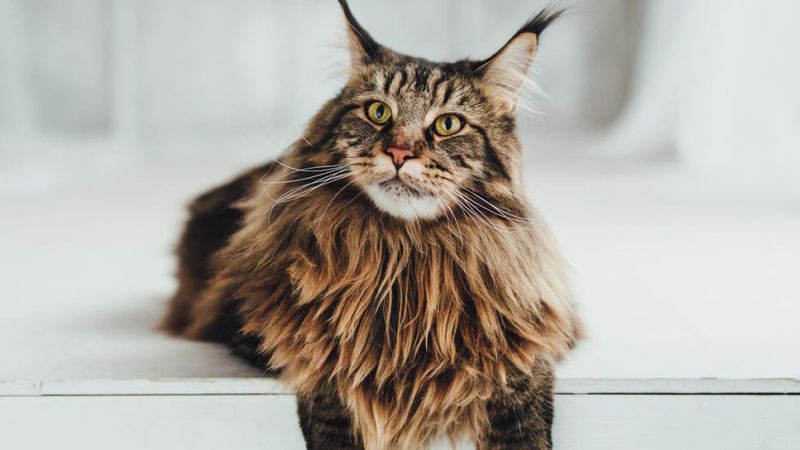
When it comes to sheer mass, Maine Coons take the crown as feline heavyweights. Male Maine Coons typically tip the scales between 13-18 pounds, with some exceptional giants reaching a whopping 25 pounds!
Norwegian Forest Cats aren’t exactly petite either. Males usually weigh in at 12-16 pounds, making them large but generally more moderate in size. The difference becomes noticeable when these magnificent cats stand side by side.
3. Coat Textures Tell Different Tales
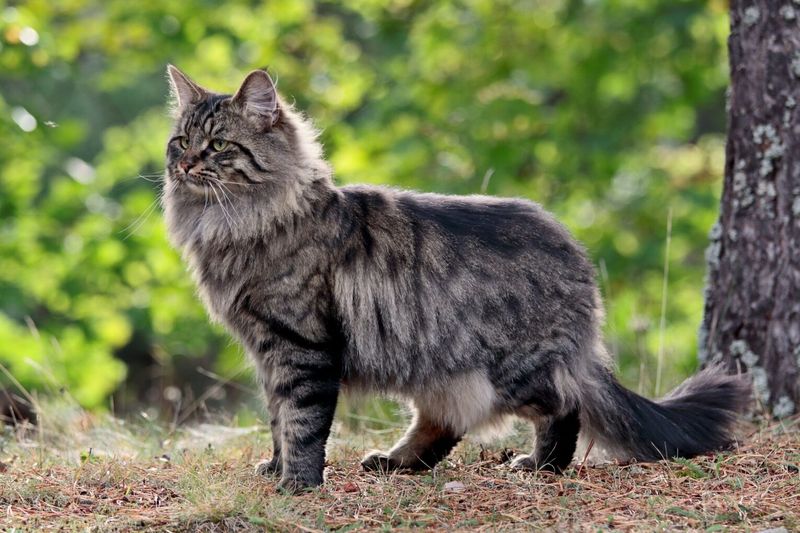
Run your fingers through a Norwegian Forest Cat’s fur and you’ll feel a water-repellent double coat with a woolly undercoat beneath long, glossy guard hairs. This specialized coat developed to shed snow and resist moisture in Scandinavian winters.
Maine Coons sport a similarly thick coat but with a silkier, less dense texture. Their standout feature? That magnificent, bushy tail that serves as a wraparound scarf during cold weather, distinguishing them from their Norwegian cousins.
4. Personality Traits Reflect Their Heritage
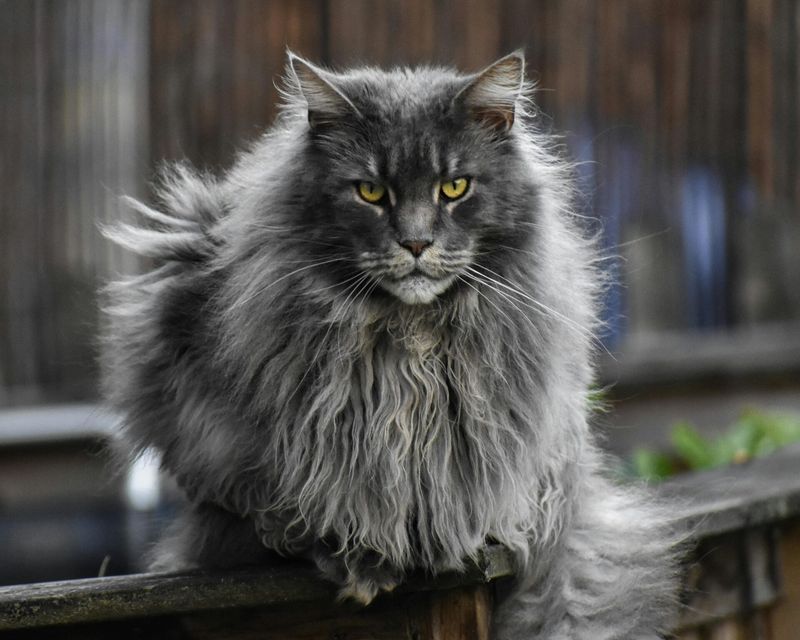
Maine Coons have earned the nickname “gentle giants” for good reason. These sociable felines follow their humans around like puppies, vocalize with distinctive chirps and trills, and often insist on being part of family activities.
Norwegian Forest Cats march to their own beat. While affectionate with their families, these independent spirits appreciate their alone time. They’re observant, thoughtful companions who prefer to choose when interaction happens rather than demanding constant attention.
5. Health Profiles Vary Between Breeds
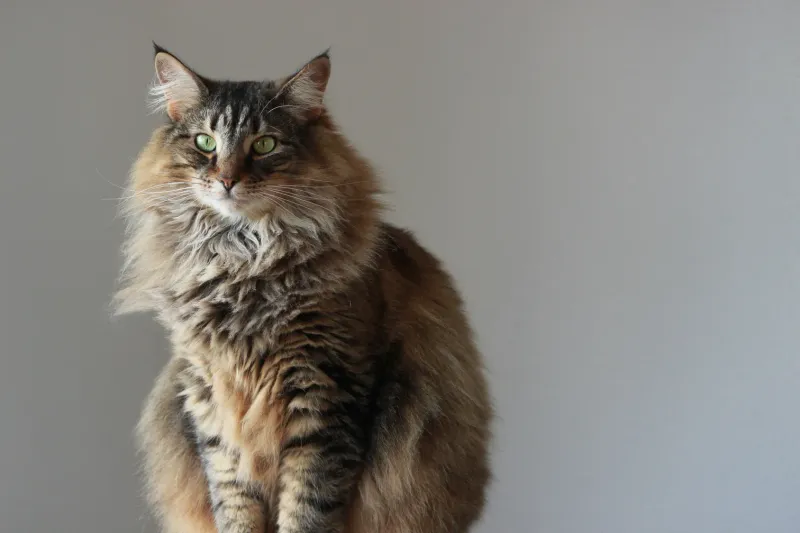
Norwegian Forest Cats boast remarkable hardiness, thanks to natural selection in harsh environments. While they can develop glycogen storage disease (a metabolic disorder) and hypertrophic cardiomyopathy, they typically enjoy 14-16 healthy years.
Maine Coons face their own health challenges, particularly hip dysplasia and spinal muscular atrophy along with heart conditions. Their slightly shorter lifespan averages 12-15 years, though with proper care, many thrive well into their late teens.
6. Distinctive Ear Features Set Them Apart
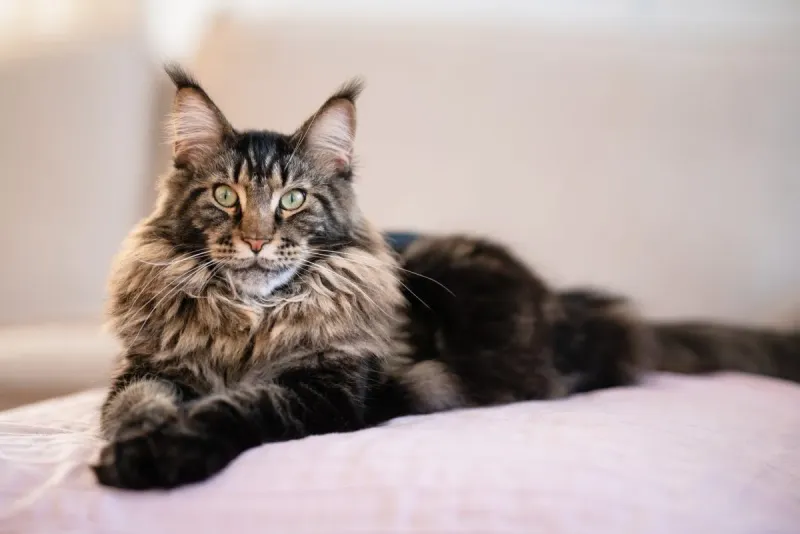
Those dramatic ear tufts on Norwegian Forest Cats aren’t just for show! Their triangular ears feature pronounced lynx-like tufts that evolved as protection against frostbite in frigid northern climates.
Maine Coons sport more rounded ear shapes with tufts that appear more decorative than functional. Look closely at their ears and you’ll notice another charming feature—many Maine Coons have extra fur growing from the ears’ inner edges, creating their signature “lynx tips.”
7. Family Adaptability Shows Character Contrasts
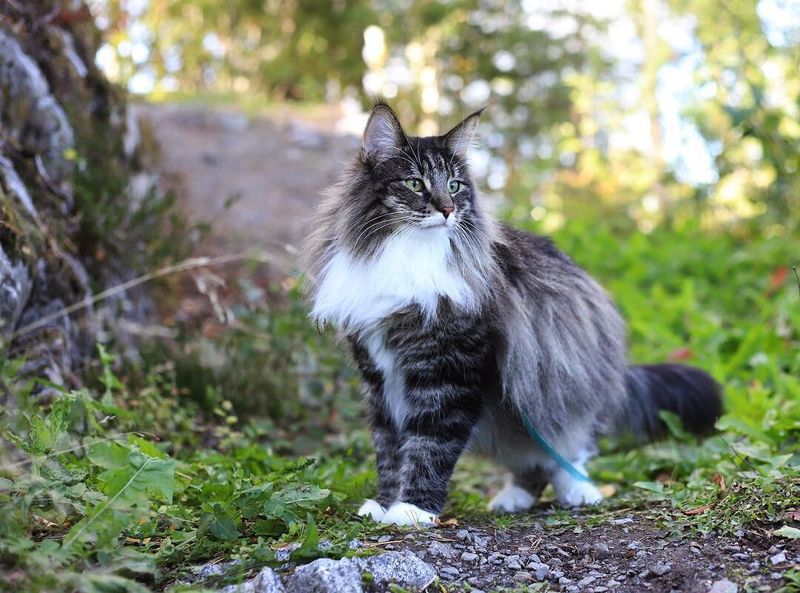
Maine Coons earn their reputation as ideal family companions through their extraordinary patience. These good-natured giants tolerate the chaos of family life with remarkable ease, making them perfect for homes with children, other pets, or frequent visitors.
Norwegian Forest Cats take a more measured approach to family dynamics. While loyal and loving, they often establish bonds with specific family members rather than the entire household. They appreciate quiet environments where they can observe activities from a comfortable distance.

